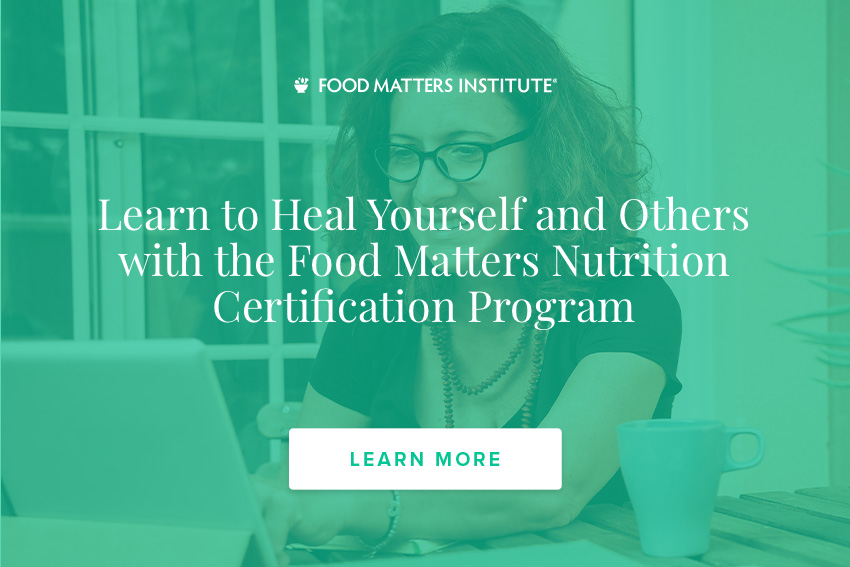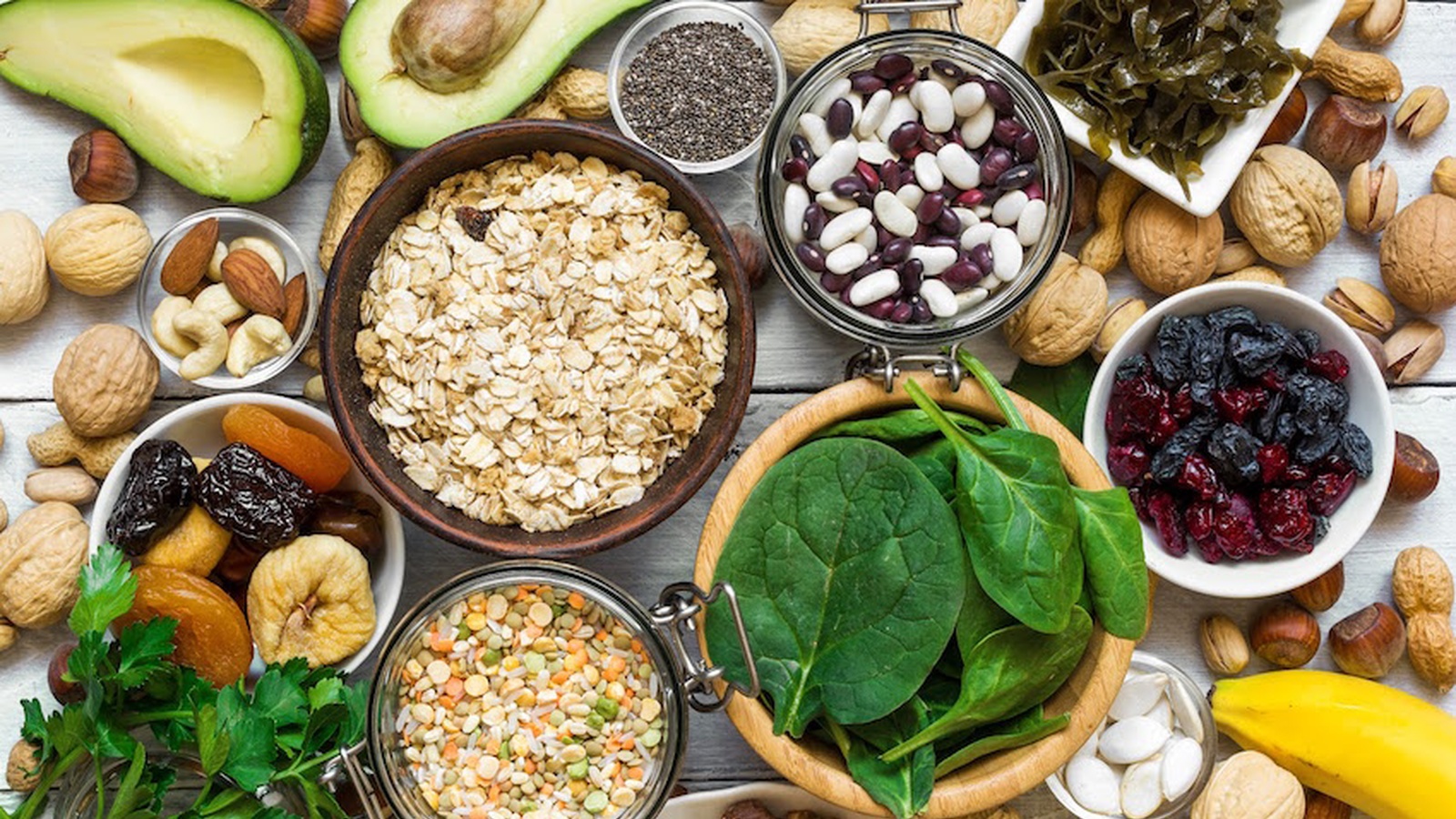Are You Getting Enough Zinc?
Zinc is a superstar nutrient that is needed for over 300 enzymes that drive critical biochemical processes in the body. It used to be present in our soil. As such, we obtained it gradually across the day in foods such as fruits and vegetables. Even grain-based foods such as breads and cereals provide us with a small dose. However, due to conventional farming practices, many soils around the world are now deficient in zinc (unless the farmer is actively putting zinc back into the soil). And if a nutrient is not in the soil, it cannot be in our food.
Let’s start by taking a look at what this important mineral is responsible for in our body.
Zinc in The Body
Zinc contributes to hundreds of processes inside your body, plenty of which are reflected on the outside. Zinc is critical for wound healing. Whether that is a cut on your finger, the place where a surgical incision was made, or the aftermath of a pimple, zinc is necessary for the skin involved in these traumas to heal and it helps to prevent scar formation.
Zinc is also required for proper immune system function, as well as for the maintenance of vision, taste and smell. It is essential to the creation of over 300 enzymes, some of which are necessary for you to have great digestion, the foundation of all health. Zinc even nourishes the scalp, helping to maintain the integrity and strength of hair, and low zinc levels have been linked with hair loss and a dry, flaky scalp. Inadequate zinc may also be an underlying cause of sex hormone imbalances in adults, contributing to lowered testosterone in men, PMS in women, fertility challenges or monthly breakouts.
Some signs of zinc deficiency may include:
- Loss of appetite and/or altered sense of taste
- Poor resistance to infection – think frequent colds and/or flu
- Easy skin scarring and/or purple markings on the skin after breakouts or skin trauma
- Lowered fertility
- Impaired growth and development in children
- Poor blood glucose management
- White spots on fingernails
Sources of Zinc
The best food sources of zinc are oysters, with around 48 milligrams (mg) of zinc per 100 grams (g), and red meat, with around 7.5mg of zinc per 100g cooked. Zinc is also found in small amounts in seeds (pumpkin seeds and sunflower seeds), lentils and eggs. Seeds contain about 2mg of zinc per 30g serve, half a cup of lentils contains around 0.9mg of zinc and one egg contains 0.5mg of zinc. And these amounts don’t even consider how much of the zinc we are actually absorbing. There are a number of factors that can impair our ability to absorb zinc, which means we may need to eat even more to ensure our body gets enough.
Some of these factors include:
- Pairing your meal with tea or coffee
- A high dairy intake
- High fibre intake
- Use of antacids or other common medications to reduce stomach acid/reflux
- Taking iron, folic acid or calcium supplements around the same time as eating zinc-rich foods
- Substances that are present in grains, legumes and seeds, which can block zinc absorption
Here’s Something to Consider
Women require 8mg and men require 14 mg of zinc each day, just to prevent a deficiency.
These aren’t necessarily the amounts we need for optimal health – they are the minimum amounts needed to avoid developing symptoms of zinc deficiency such as skin rashes/dermatitis, hair loss, diarrhoea, poor appetite, blunted sense of taste and impaired immune function, just to name a few.
Even if we do eat in a way that includes consuming animal protein (such as red meat, which is a good source of zinc), we would still need to consume far more than what is considered nourishing and reasonable. So, unless oysters (the highest source of zinc in food) are on the menu daily, chances are you could be low in zinc. And if you follow a plant-based diet the chances are even more likely.
The RDIs (Recommended Dietary Intakes; the minimum amounts needed for the prevention of a deficiency) for zinc across each age group are:
- 1-3 years: 3mg
- 4-8 years: 4mg
- 9-13 years: 6mg
- Boys 14-18 years: 13mg
- Girls 14-18 years: 7mg
- Men 19+ years: 14mg
- Women 19+ years: 8mg
- Pregnant women: 10–11mg
- Lactating women: 11–12mg
Children and Zinc
Children who refuse to eat certain things (or in some cases, most things) can cause concern for parents who want to ensure their little ones are getting the nutrition they need in their growing bodies. Some version of the words “I don’t like that,” before even tasting a mouthful, are echoed around the world by fussy children who won’t be swayed by even the sneakiest vegetable inclusion to a meal. Research has suggested it can take children up to fifteen interactions with a food before they accept it; many parents are exhausted after the first attempt. While this may simply be part of a child’s development and them gaining the confidence to explore new flavours and textures, there are many instances where fussy eating is actually the result of zinc deficiency.
As mentioned, zinc is responsible for the taste and texture of food and unfortunately deficiencies are common in children. It can be a vicious cycle as foods rich in zinc may not be readily chosen by children who particularly need it. Iron is essential for a good appetite and this too, is a common nutritional deficiency in childhood, and one that can contribute to fussy eating.
Another example of how a zinc deficiency may show up in a child – usually teenage boys, in this case – is smelly feet! If you have a teenager at home with smelly feet that don’t seem to get any better no matter how many times they wash them, it may be due to a zinc deficiency. Zinc is used in the production of sex hormones, and so when sex hormone production soars in teenage years, their requirement for this mineral skyrockets.
So How Do You Get Enough Zinc?
The truth is, for many people these days, it might be necessary to supplement zinc in order to get optimal amounts of this vital mineral.
If you suspect a zinc deficiency, I recommend a food-based supplement or a good quality practitioner brand—the main difference being that one is concentrated from plant sources and the other is made synthetically in a lab. Please note that it’s important not to supplement high doses of zinc long-term without ongoing testing and guidance by an experienced health professional, as this can interfere with copper levels in the body.
Do you have a passion for nutrition & natural healing?. Learn more about the Food Matters Nutrition Certification Program here.


